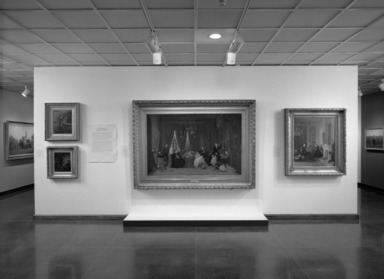

Eastman Johnson: Painting America, October 29, 1999 through February 6, 2000 (Image: PHO_E1999i093.jpg Brooklyn Museum photograph, 1999)
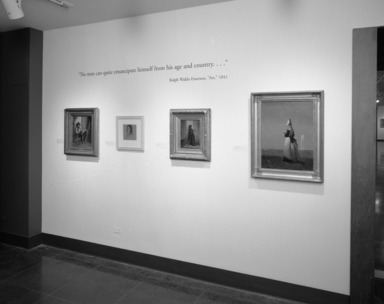
Eastman Johnson: Painting America, October 29, 1999 through February 6, 2000 (Image: PHO_E1999i094.jpg Brooklyn Museum photograph, 1999)
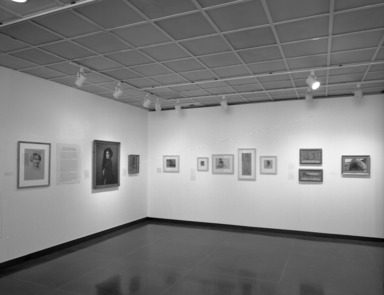
Eastman Johnson: Painting America, October 29, 1999 through February 6, 2000 (Image: PHO_E1999i095.jpg Brooklyn Museum photograph, 1999)

Eastman Johnson: Painting America, October 29, 1999 through February 6, 2000 (Image: PHO_E1999i096.jpg Brooklyn Museum photograph, 1999)

Eastman Johnson: Painting America, October 29, 1999 through February 6, 2000 (Image: PHO_E1999i097.jpg Brooklyn Museum photograph, 1999)
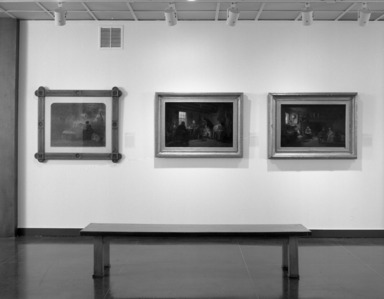
Eastman Johnson: Painting America, October 29, 1999 through February 6, 2000 (Image: PHO_E1999i098.jpg Brooklyn Museum photograph, 1999)

Eastman Johnson: Painting America, October 29, 1999 through February 6, 2000 (Image: PHO_E1999i099.jpg Brooklyn Museum photograph, 1999)

Eastman Johnson: Painting America, October 29, 1999 through February 6, 2000 (Image: PHO_E1999i100.jpg Brooklyn Museum photograph, 1999)

Eastman Johnson: Painting America, October 29, 1999 through February 6, 2000 (Image: PHO_E1999i101.jpg Brooklyn Museum photograph, 1999)
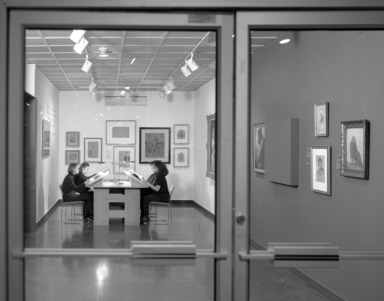
Eastman Johnson: Painting America, October 29, 1999 through February 6, 2000 (Image: PHO_E1999i102.jpg Brooklyn Museum photograph, 1999)

Eastman Johnson: Painting America, October 29, 1999 through February 6, 2000 (Image: PHO_E1999i103.jpg Brooklyn Museum photograph, 1999)
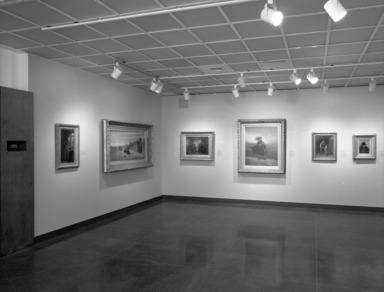
Eastman Johnson: Painting America, October 29, 1999 through February 6, 2000 (Image: PHO_E1999i104.jpg Brooklyn Museum photograph, 1999)
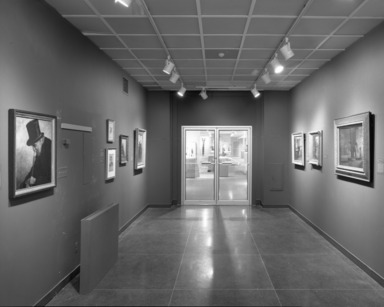
Eastman Johnson: Painting America, October 29, 1999 through February 6, 2000 (Image: PHO_E1999i105.jpg Brooklyn Museum photograph, 1999)
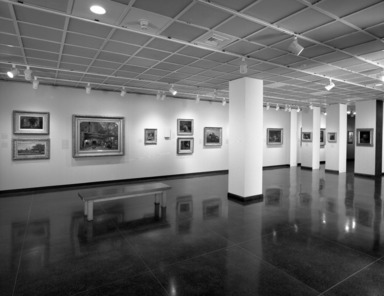
Eastman Johnson: Painting America, October 29, 1999 through February 6, 2000 (Image: PHO_E1999i106.jpg Brooklyn Museum photograph, 1999)

Eastman Johnson: Painting America, October 29, 1999 through February 6, 2000 (Image: PHO_E1999i107.jpg Brooklyn Museum photograph, 1999)
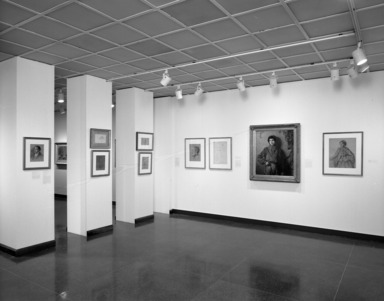
Eastman Johnson: Painting America, October 29, 1999 through February 6, 2000 (Image: PHO_E1999i108.jpg Brooklyn Museum photograph, 1999)
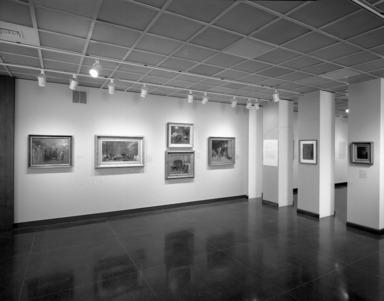
Eastman Johnson: Painting America, October 29, 1999 through February 6, 2000 (Image: PHO_E1999i109.jpg Brooklyn Museum photograph, 1999)
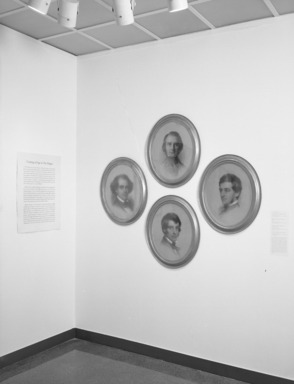
Eastman Johnson: Painting America, October 29, 1999 through February 6, 2000 (Image: PHO_E1999i110.jpg Brooklyn Museum photograph, 1999)

Eastman Johnson: Painting America, October 29, 1999 through February 6, 2000 (Image: PHO_E1999i111.jpg Brooklyn Museum photograph, 1999)
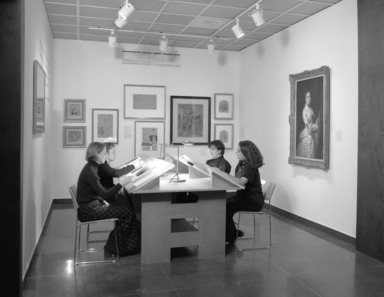
Eastman Johnson: Painting America, October 29, 1999 through February 6, 2000 (Image: PHO_E1999i112.jpg Brooklyn Museum photograph, 1999)

Eastman Johnson: Painting America, October 29, 1999 through February 6, 2000 (Image: PHO_E1999i113.jpg Brooklyn Museum photograph, 1999)
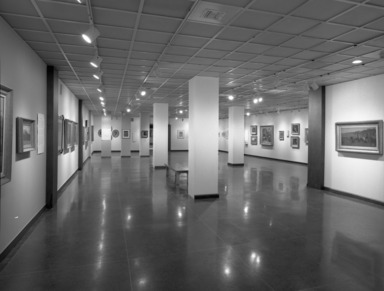
Eastman Johnson: Painting America, October 29, 1999 through February 6, 2000 (Image: PHO_E1999i114.jpg Brooklyn Museum photograph, 1999)

Eastman Johnson: Painting America, October 29, 1999 through February 6, 2000 (Image: PSC_E1999i151.jpg Brooklyn Museum photograph, 1999)
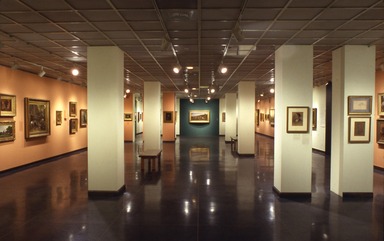
Eastman Johnson: Painting America, October 29, 1999 through February 6, 2000 (Image: PSC_E1999i152.jpg Brooklyn Museum photograph, 1999)
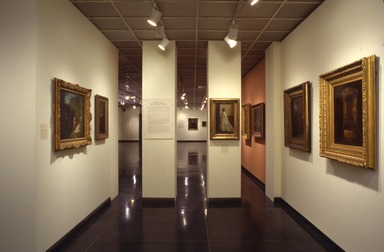
Eastman Johnson: Painting America, October 29, 1999 through February 6, 2000 (Image: PSC_E1999i153.jpg Brooklyn Museum photograph, 1999)

Eastman Johnson: Painting America, October 29, 1999 through February 6, 2000 (Image: PSC_E1999i154.jpg Brooklyn Museum photograph, 1999)
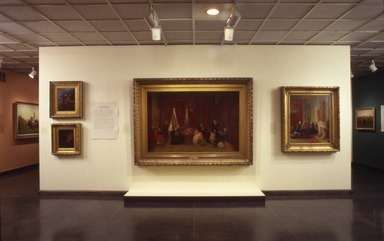
Eastman Johnson: Painting America, October 29, 1999 through February 6, 2000 (Image: PSC_E1999i155.jpg Brooklyn Museum photograph, 1999)
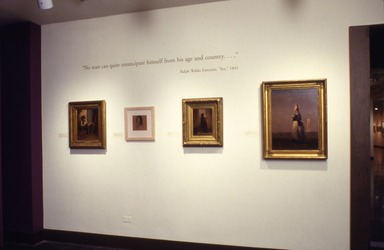
Eastman Johnson: Painting America, October 29, 1999 through February 6, 2000 (Image: PSC_E1999i156.jpg Brooklyn Museum photograph, 1999)

Eastman Johnson: Painting America, October 29, 1999 through February 6, 2000 (Image: PSC_E1999i157.jpg Brooklyn Museum photograph, 1999)
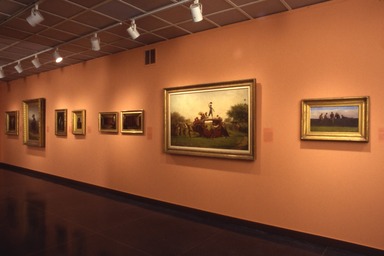
Eastman Johnson: Painting America, October 29, 1999 through February 6, 2000 (Image: PSC_E1999i158.jpg Brooklyn Museum photograph, 1999)
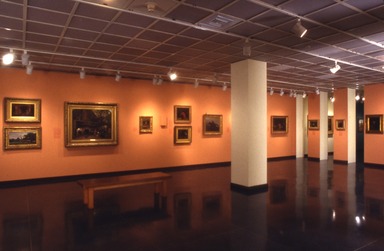
Eastman Johnson: Painting America, October 29, 1999 through February 6, 2000 (Image: PSC_E1999i159.jpg Brooklyn Museum photograph, 1999)
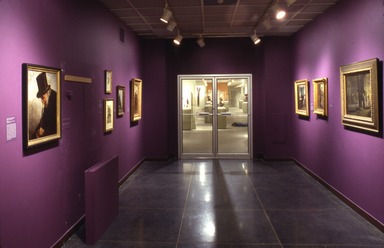
Eastman Johnson: Painting America, October 29, 1999 through February 6, 2000 (Image: PSC_E1999i160.jpg Brooklyn Museum photograph, 1999)

Eastman Johnson: Painting America, October 29, 1999 through February 6, 2000 (Image: PSC_E1999i161.jpg Brooklyn Museum photograph, 1999)
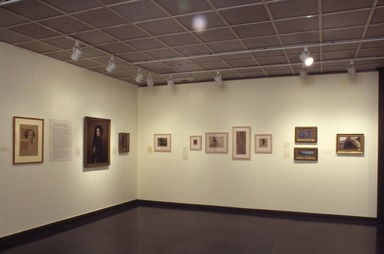
Eastman Johnson: Painting America, October 29, 1999 through February 6, 2000 (Image: PSC_E1999i162.jpg Brooklyn Museum photograph, 1999)
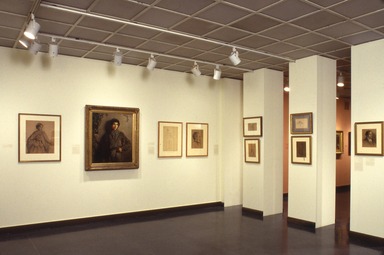
Eastman Johnson: Painting America, October 29, 1999 through February 6, 2000 (Image: PSC_E1999i163.jpg Brooklyn Museum photograph, 1999)

Eastman Johnson: Painting America, October 29, 1999 through February 6, 2000 (Image: PSC_E1999i164.jpg Brooklyn Museum photograph, 1999)

Eastman Johnson: Painting America, October 29, 1999 through February 6, 2000 (Image: PSC_E1999i165.jpg Brooklyn Museum photograph, 1999)

Eastman Johnson: Painting America, October 29, 1999 through February 6, 2000 (Image: PSC_E1999i166.jpg Brooklyn Museum photograph, 1999)
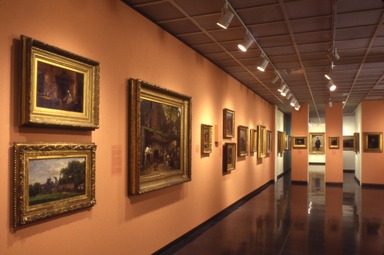
Eastman Johnson: Painting America, October 29, 1999 through February 6, 2000 (Image: PSC_E1999i167.jpg Brooklyn Museum photograph, 1999)

Eastman Johnson: Painting America, October 29, 1999 through February 6, 2000 (Image: PSC_E1999i168.jpg Brooklyn Museum photograph, 1999)

Eastman Johnson: Painting America, October 29, 1999 through February 6, 2000 (Image: PSC_E1999i169.jpg Brooklyn Museum photograph, 1999)
Eastman Johnson: Painting America
-
March 1, 1999
Eastman Johnson: Painting America, the first retrospective in more than twenty-five years of works by one of the most important American painters of the nineteenth century, has been organized by the Brooklyn Museum of Art, where it will be on view October 29, 1999 through February 6, 2000. The presentation will include seventy paintings and thirty-two drawings. The exhibition is scheduled to travel to the San Diego Museum of Art (February 26–May 21, 2000) and to the Seattle Art Museum (June 8–September 10, 2000.)
This full-scale critical reexamination of the exceptional depth of Eastman Johnson’s oeuvre will be divided into broad chronological themes. The first sections will focus on his extraordinary talents in the medium of drawing. Included will be portraits of Emerson, Hawthorne, and Longfellow as well as a selection of never-before-exhibited studies from private and public collections completed while the artist was in Holland from 1851 to 1855. Also included will be a group of unusually personal portraits of the native Anishinabe (Ojibwe) created by the artist on the Wisconsin frontier in 1857.
Eastman Johnson: Painting America will also include important examples of work created by the artist after he became a member of the New York art scene in 1859 in a section titled New Man in New York: The Civil War Years. Among them are Negro Life at the South, with which he established his reputation; A Ride for Liberty—The Fugitive Slaves, from the BMA collection, along with other Civil War paintings; Christmas-Time (The Blodgett Family); as well as lesser-known selections from this period, some of which have not been exhibited since the 1907 sale of Johnson’s estate.
A section titled Home and Hearth will explore Johnson’s postwar domestic imagery and will include such works as Fiddling His Way and the less familiar Pension Claim Agent. A selection of intensely personal domestic scenes created in the years following Johnson’s marriage in 1869 are represented by works like Not at Home, from the BMA collection, and paintings of his wife, Elizabeth Buckley Johnson. Rural Tradition examines Eastman Johnson’s transition from anecdotal rural imagery to aesthetically motivated works like Winnowing Grain and the immensely popular painting of 1876, Husking Bee, Island of Nantucket.
Paintings and drawings completed by Eastman Johnson on the island of Nantucket, where he spent a substantial portion of each year beginning in 1870, draw upon the visual character of the island and its inhabitants and will include The Cranberry Harvest: Island of Nantucket; Portrait of Captain Charles Myrick (Study for “Embers”); and The New Bonnet. The exhibition will close with a small group of portraits that are among the finest works of Johnson’s late years, among them Old Man, Seated.
The exhibition will be accompanied by a catalogue that is the first major publication on Eastman Johnson since 1972 and the first ever to illustrate his work in full color. In addition to the color reproductions of all of the works in the exhibition, it will include 106 black-and-white comparative illustrations.
Two essays by Teresa A. Carbone will explore Eastman Johnson’s early career and student years in Europe as well as the progress of Johnson’s career in New York from 1860 to 1880, when he was the country’s foremost figure painter. Patricia Hills’s essay provides an analysis of the artist’s numerous and original images of African Americans within the period of the Civil War and Reconstruction. Jane Weiss writes about Johnson’s domestic subjects in the context of the burgeoning domestic fiction movement of the period. A comparative study of Eastman Johnson and Winslow Homer in the postwar years is the subject of an essay by Sarah Burns. The concluding essay by Anne C. Rose explores the artist as member of the Civil War generation. Also included in the catalogue will be a large selection of the artist’s letters, many of which are published for the first time, as well as a lifetime exhibition chronology that comprises the first full listing of all the exhibition records of Johnson’s work through the 1907 Century Association Memorial Exhibition.
The exhibition has been organized by the Brooklyn Museum of Art. The curators are Teresa A. Carbone, Associate Curator of American Art at the BMA, and Patricia Hills, the preeminent Eastman Johnson scholar. It is made possible by The Henry Luce Foundation, Inc. Additional support is provided by Mr. and Mrs. John S. Tamagni and Blair W. Effron. Support for the catalogue was also provided through the generosity of Furthermore, the Publication Program of the J.M. Kaplan Fund.
A Brief Biography of Eastman Johnson (1824–1906)
Eastman Johnson was born and raised in southwestern Maine. In 1840 he began his artistic training in a Boston lithography shop. His talents as a draftsman soon led him to become a crayon portraitist, a career he pursued for the following decade in Washington, D.C., and in Boston, where he executed portraits of Hawthorne, Emerson, and Longfellow.
Determined to continue his studies abroad, in 1849 Eastman Johnson went to Düsseldorf, where he found a place in the studio of the American expatriate Emanuel Leutze. In 1851 he moved to The Hague, then the artistic center of The Netherlands, where he studied and worked until 1855. He returned to the United States after a brief stay in Paris, where he worked under the academician Thomas Couture. After his return to Washington, D.C., Eastman Johnson began to establish himself as a painter of contemporary American subjects. In 1857 he lived and painted among the native Anishinabe (Ojibwe) in Wisconsin. Eager to secure his reputation, in 1858 he established a New York studio, where he completed Negro Life at the South, which was acclaimed at the National Academy of Design the following year. In the following decade he continued to create groundbreaking paintings with African-American subjects such as A Ride for Liberty—The Fugitive Slaves. At the same time he developed a reputation for domestic subjects, which became his main source of income, cultivated a circle of patrons that included some of the city’s most prominent collectors, and became by the end of the decade one of New York City’s most respected and popular artists.
Johnson developed a wide subject repertoire ranging from urban interiors to rural genre paintings inspired by frequent visits to Maine. In the years following his marriage in 1869, he extended his subject matter to include personal domestic imagery that depicted his wife and young daughter. From 1870 he also began exploring a new type of rural genre and rustic interior, inspired by subjects on the island of Nantucket, where he spent a part of each year. Aware of the younger generation of Realists returning from study in Europe, he constantly made efforts to update his own style.
After 1880 Eastman Johnson painted fewer genre subjects and devoted his energy primarily to formal portrait commissions, for which he was in great demand. By the time of his death in 1906, Johnson was among a very few American artists who had begun their careers in the antebellum period and an even smaller group of artists of his generation who had remained in public favor for much of the course of his career—during which he had forged new American themes and guided American figure painting into an era of determined Realism.
Brooklyn Museum Archives. Records of the Department of Public Information. Press releases, 1995 - 2003. 01-06/1999, 026-29.
View Original









